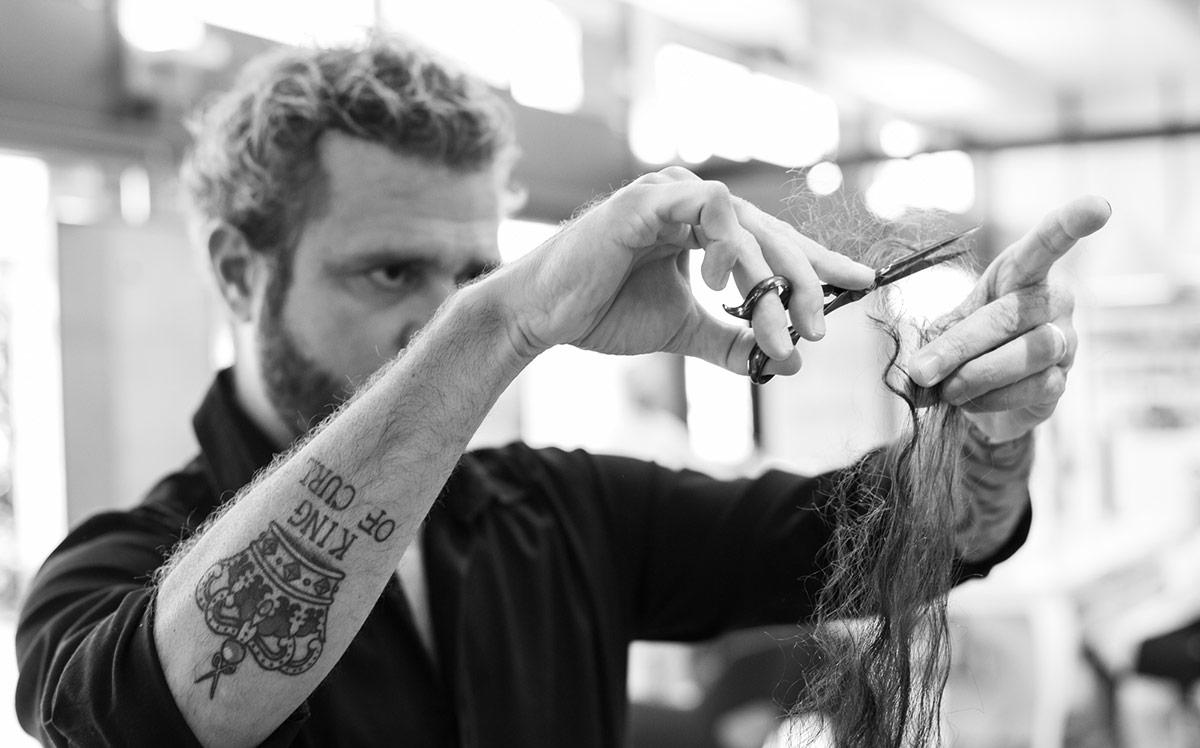Today I’m going to explain, perhaps in a way I never have before, the difference between various types of cuts. I think this is very useful because every cut stems from a specific need and aims to produce a specific result. Every cut has been studied in detail to work on a certain type of hair, and not on others.
If we wanted to get a scaled cut and used the Bob (also called even or bob) technique, we would make a mess. The same would happen if we wanted to cut a curly head using the bob or scaled method, types of cuts designed and engineered specifically for curly hair.
Here is an explanation to help you understand the wonderful world of Hair Styling. I hope you find it useful.
THE BOB CUT
The bob was created by Parisian hairdresser Antoine in 1909.
It was inspired by Joan of Arc, symbol of female independence and emancipation.
After the 1920s the bob fell out of fashion until 1963 when it was reinterpreted with geometric forms by London hairdresser Vidal Sassoon.
Sassoon brought it back onto the market in response to the growing fashion for longer and thicker hair.
Its perfect geometry is ideal if you don’t want volume on the top of your head as all of the hair is cut in a horizontal line on the back of the neck.
Tools used for the BOB: combs, thinning scissors, traditional scissors, brush, hair dryer, straightener.
The Bob cut is carried out on wet hair and the customer remains sitting the whole time, ideally in a linear and correct position without, for example, their legs crossed so as not to risk losing the symmetry and precision that make the BOB so unique and unmistakeable.
The cut finishes with styling using a brush and hair dryer or straightener.
THE LAYERED CUT
The layered cut was invented by Jean Louis David in Paris in the 1970s.
Louis David’s aim was to “free” women from the slavery of the compact and heavy cuts in vogue at the time with a layered, feathered, textured cut that lightened and gave movement to the hair.
Tools used for the layered cut: combs, thinning scissors, razor, traditional scissors.
The cut is performed strictly on wet hair: the head is divided into sections that are cut symmetrically. During the cut the customer remains seated at the stylist station. The cut finishes with styling using a brush and hair dryer or straightener.
THE X-CURL CUT
THE X-Curl cut was invented in 2014 by Fulvio Tirrico, Italy’s leading Curly Expert.
The X-Curl was the product of the experience he acquired during specific curly hair training placements in the US which he visited for the first time in 2000 and continued to visit over the following years to learn everything there is to know about all existing types of curls. By 2016, Refinery29 had named him among the top 15 Curly Hair Experts in the world.
Designed exclusively for curly hair, the X-Curl cut reproportions its volumes and shape. Curls are cut according to where they fall and how much they coil and not on the basis of where they come from, because on the same head we can have areas of curlier hair and areas with smoother hair, depending on the type of curl and according to the hairline. All of this because they will then be air dried and not stressed with styling.
The X-Curl is performed exclusively on dry hair, the customer standing up during the cut because the curls are sculpted at 360° following their natural direction and form.
Tools used for the X-Curl cut: traditional scissors
To finish, the hair is dried naturally using only a diffuser.
Fulvio Tirrico






